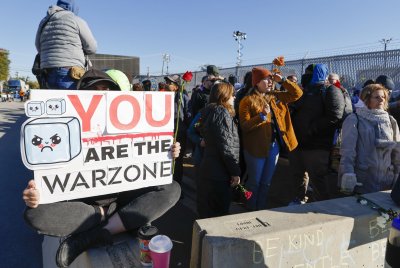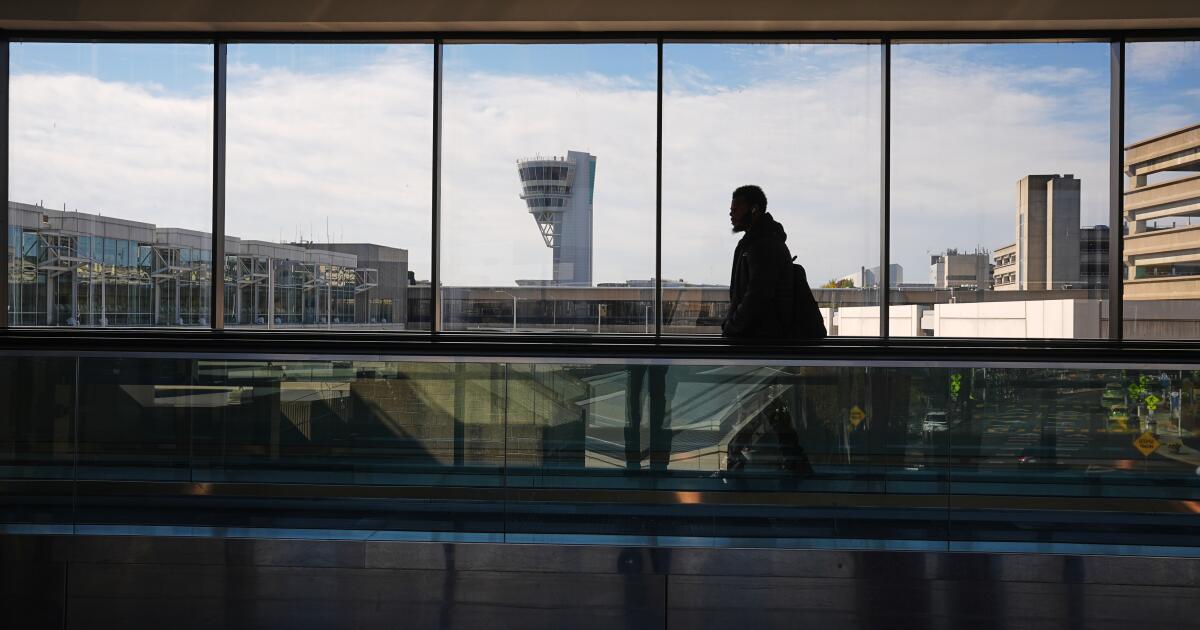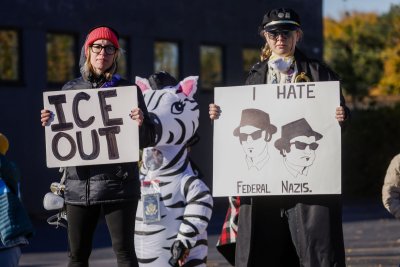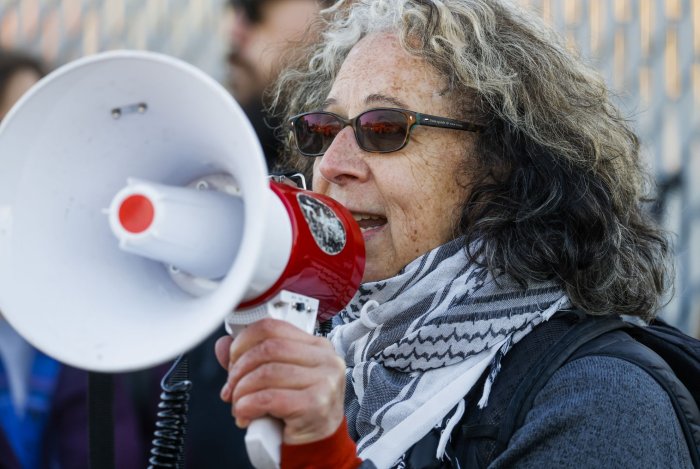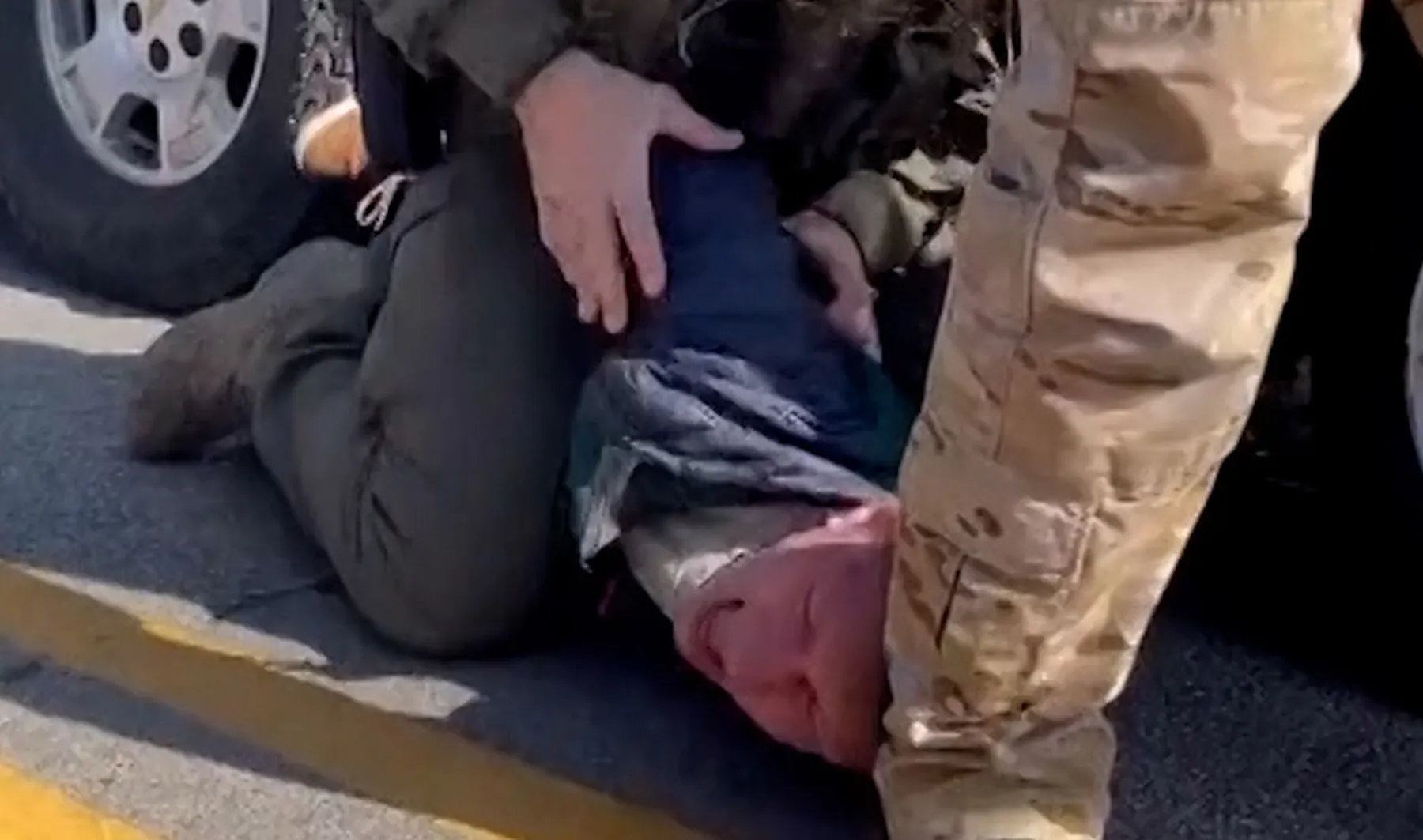Judge limits federal agents’ use of force in Chicago immigration crackdown

Nov. 7 (UPI) — A federal judge has issued a preliminary injunction barring federal authorities from using force against protesters, journalists and others in Chicago as the Trump administration conducts an immigration crackdown in the city.
U.S. District Judge Sara Ellis issued her ruling Thursday, in a case brought against the Trump administration in early October alleging that federal agents in Chicago have responded to protests and negative media coverage “with a pattern of extreme brutality in a concerted and ongoing effort to silence the press and civilians.”
The ruling explicitly states that the federal agents are prohibited from using crowd control weapons such as batons, rubber or plastic bullets, flash-bang grenades and tear gas against civilians unless there is “a threat of imminent harm to a law enforcement officer.”
In a bench ruling, reported on by The New York Times, Ellis said government officials, including Gregory Bovino, a top Border Patrol official leading the operation in Chicago, lied repeatedly about the tactics they employed against protesters.
The ruling comes amid growing criticism of the Trump administration’s deployment of federal immigration authorities executing Operation Midway Blitz, which began on Sept. 9, targeting undocumented immigrants with criminal records.
Videos circulating online, however, show masked agents hauling a woman, later identified as U.S. citizen Dayanne Figueroa, from her vehicle, which they crashed into, and forcibly detaining a teacher from a daycare in front of school children. Rep. Mike Quigley, D-Ill., said they detained the woman without a warrant, calling the actions of the immigration agents “domestic terrorism.”
Chicago Mayor Brandon Johnson earlier Thursday said during a press conference the daycare employee’s arrest “shocked the conscience of every single Chicagoan.”
In her bench ruling Thursday, Ellis, a President Barack Obama appointee, rejected the government’s description of Chicago as a violent- and riot-riddled city, saying, “That simply is untrue, and the government’s own evidence in this case belies that assertion.”
With pointed remarks at Bovino, she said the federal agent “admitted that he lied” about being hit in the head with a rock in October, which was his reasoning for deploying tear gas canisters.
“Video evidence ultimately disproved this,” she said, CNN reported.
Lawyers with Lovey & Lovey who brought the case before the court described it as protecting the right to protest.
Steve Art, a partner at the firm, called Ellis’ preliminary injunction in a press conference a “powerful ruling.”
“For weeks, the Trump administration has deployed Gregory Bovino and his gang of thugs to terrorize our community. They have tear gassed dozens of residential neighborhoods, they have abused the elderly, they have abused pregnant women, they have abused young children. On our streets, they have used weapons of war,” he said.
“We want to be clear every person who is associated with or who has enabled the Trump administration’s violence in Chicago should be ashamed of themselves.”
